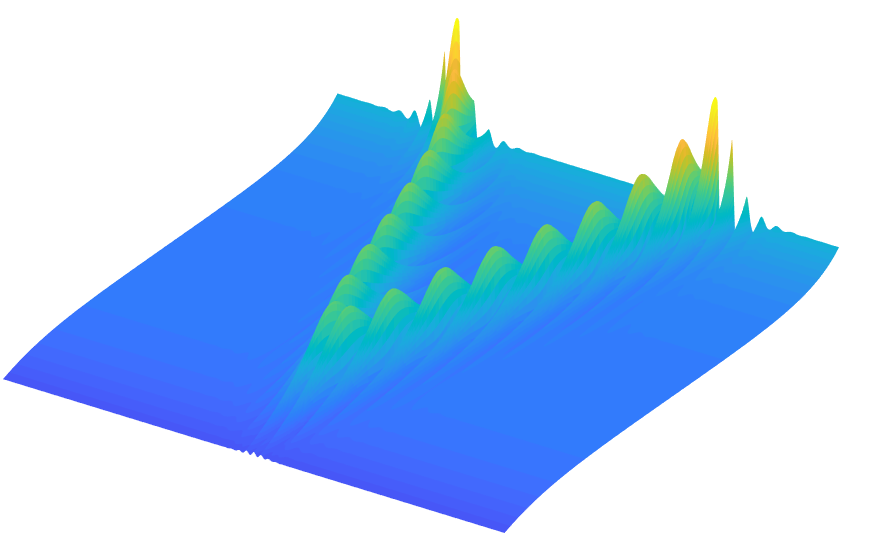Pattern formation is an ubiquitous process occurring in many natural systems but also in engineering ones. Aficionados of nonlinear optics definitely may immediately think of Turing patterns arising in driven Kerr cavities, or at patterns forming in the transverse plane of broad aperture lasers, or again at temporal patterns induced by modulation instabilities in optical fibers, to mention just a few examples (which I like very much!). However there are many other research fields where pattern formation plays an important role, and many different mechanisms leading to the spontaneous generation of regular coherent structures. Frequently the literature of other disciplines results difficult to understand for non experts without spending a considerable amount of time at studying it, or without an adequate simplified introduction. I think that it would be nice to have a better understanding of different pattern formation processes, also being able to borrow useful concepts, analogies and techniques from different disciplines.
For instance a very interesting (and useful) pattern formation process occurs in the spatial dependent activation of special brain cells, called grid cells, which are responsible for navigation in the space and orientation in humans and animals. Grid cells learn how to “fire” only at certain spatial positions, literally tiling the environment with a regular pattern. Tiziano D’Albis, in a new Coffee House post, describes how this pattern formation process happens and what are its implication for key functions such as spatial knowledge, orientation and decision making.
